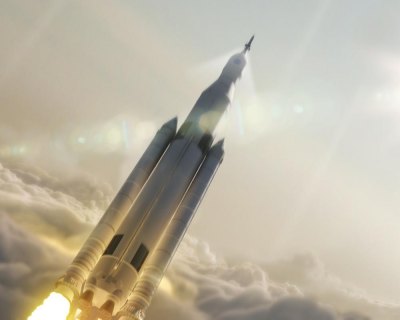NASA plots course for Mars journey

Before The Martian was released, the space agency staged news conferences with actors and real astronauts. There were photo ops and press releases expounding on planetary science. And now, with the movie taking in millions at theaters from coast to coast, the space agency has released a timely report outlining milestones on its journey to the red planet.
NASA wants a human on Mars. But for that to happen, scientists must reach three thresholds:
Earth-reliant exploration: By this, NASA refers to experiments aboard the International Space Station. That is already happening. One example is the study of human health and behavior. Notably, two men -- an American astronaut, Scott Kelly, and a Russian cosmonaut, Mikhail Kornienko -- are spending a year at the space station as part of the study of the effects of space travel on the body. Astronauts have also successfully grown (and eaten) lettuce at the station.
Proving ground: Astronauts will conduct experiments in a “deep-space environment” that isn’t terribly deep in space. They envision operating in cislunar space -- the space around the moon. The report mentions 2018 tests of the SLS, the Space Launch System heavy-lift rocket under development, and Orion, built to take humans into space.
The report also mentions testing a deep-space habitation facility. “This initial habitation capability in cislunar space would demonstrate all the capabilities and countermeasures necessary to send humans on long-duration transit missions to Mars,” the report says. Not that space travel will ever be completely safe, but the idea is to make it less risky. The space agency will test “exercise systems, environmental monitoring systems, long-duration consumables storage, fire safety in high-oxygen environments, radiation shielding, and high-reliability avionics with long periods of dormancy.”
Earth Independent: In the final step, NASA foresees living on the red planet for years, using “Martian resources” to create fuel, water, oxygen and building materials. One of the biggest challenges, the report admits, is safely landing on the surface. And while the space agency has successfully landed robotic rovers, putting humans safely on the planet will require "a completely new approach" for entry, descent and landing, the report said.
Read the report: NASA's Journey to Mars, Pioneering Next Steps in Space Exploration
Related:
NASA asks: What would you take to Mars?
NASA tests spacecraft made for exploration
If you would like to comment, contact us or like us on Facebook and tell us what you think.

